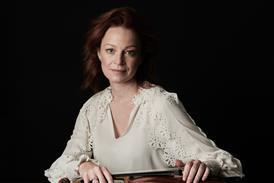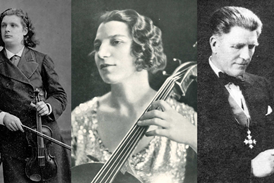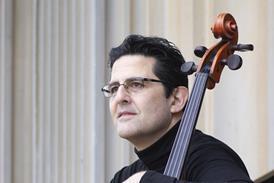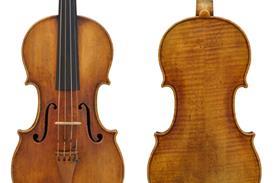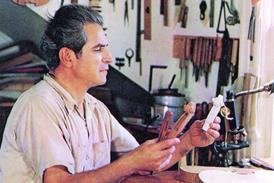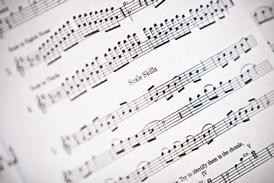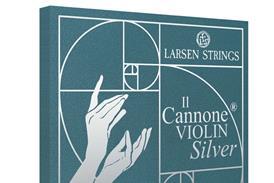- News
- For Subscribers
- Student Hub
- Playing Hub
- Directory
- Lutherie
- Magazine
- Magazine archive
- Whether you're a player, maker, teacher or enthusiast, you'll find ideas and inspiration from leading artists, teachers and luthiers in our archive which features every issue published since January 2010 - available exclusively to subscribers. View the archive.
- Jobs
- Shop
- Podcast
- Contact us
- Subscribe
- School Subscription
- Competitions
- Reviews
- Debate
- Artists
- Accessories
Masterclass: Carolin Widmann on Schumann Violin Sonata no.2

Interpretational insights into the first movement of a work written by a musical genius with an increasingly unsettled mind
Explore more Masterclasses like this in The Strad Playing Hub
Read more premium content for subscribers here
Something special happened when I was in the studio recording the Schumann sonatas with my pianist, Dénes Várjon. We were so in paradise over those two days that I didn’t care if anybody liked it or not. Every time I hear two notes of Schumann I’m pulled in right away. When I touch his music I feel so close to him and this special language…
Already subscribed? Please sign in
Subscribe to continue reading…
We’re delighted that you are enjoying our website. For a limited period, you can try an online subscription to The Strad completely free of charge.
* Issues and supplements are available as both print and digital editions. Online subscribers will only receive access to the digital versions.



